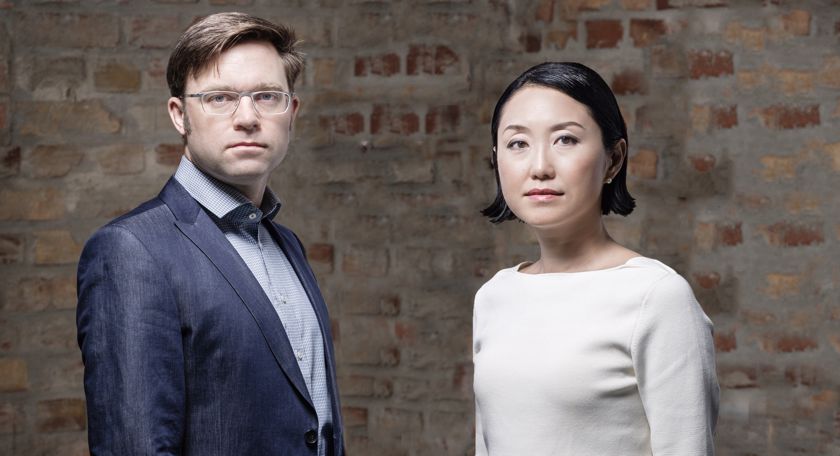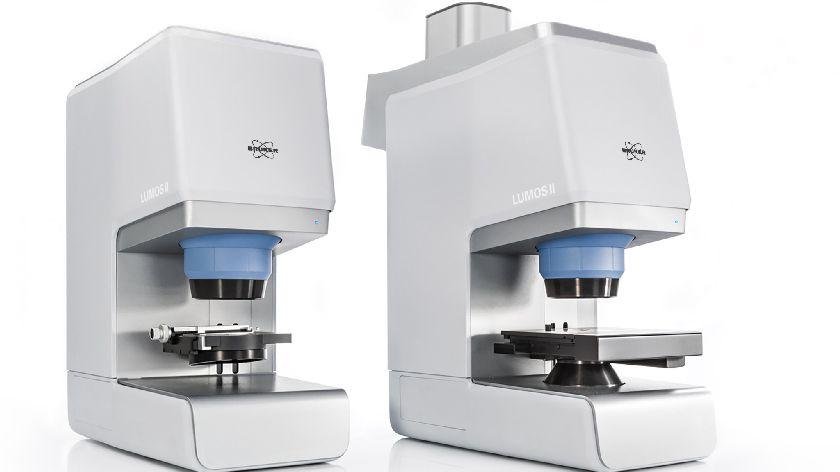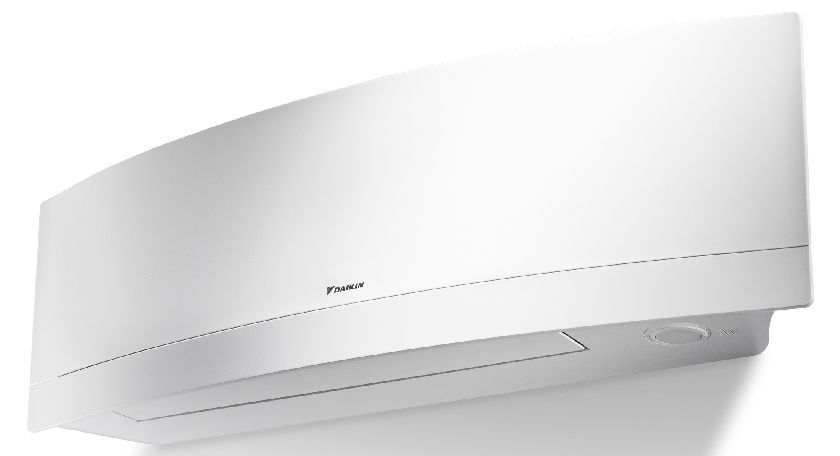YELLOW DESIGN GMBH
Günter Horntrich founded yellow design in Pforzheim about 45 years ago. Since 2011 Alexander Schlag has been managing partner at the company, which has locations in Pforzheim and Tokyo. The yellow group also includes yellow design | yellow lab, founded in Cologne in 1992, as well as yellow too in Berlin. In principle, the three companies are independent market players, but they also work directly with one another whenever their different areas of expertise are required.
www.yellowdesign.com

www.yellowdesign.com







